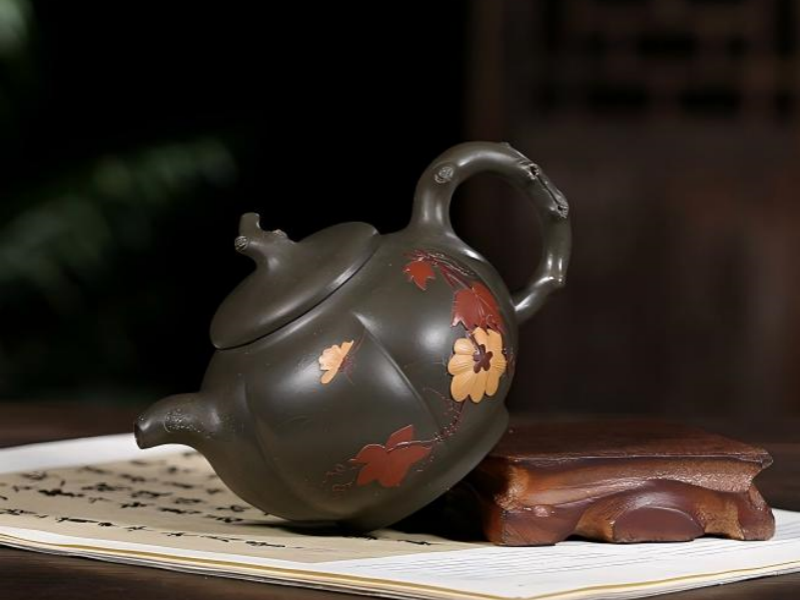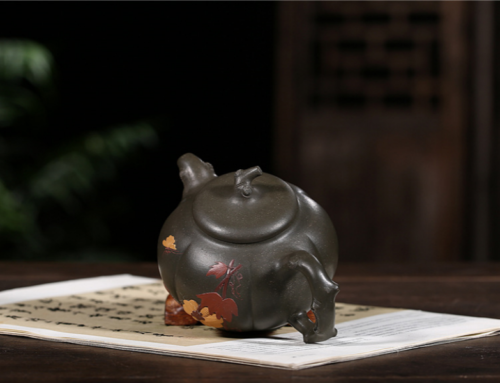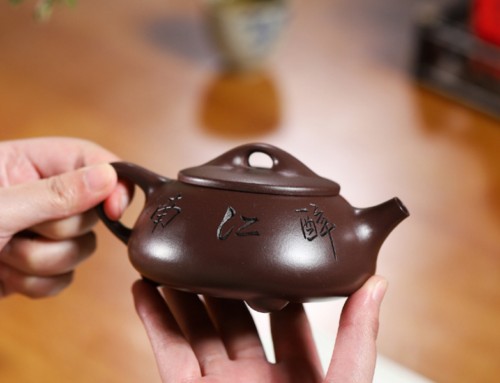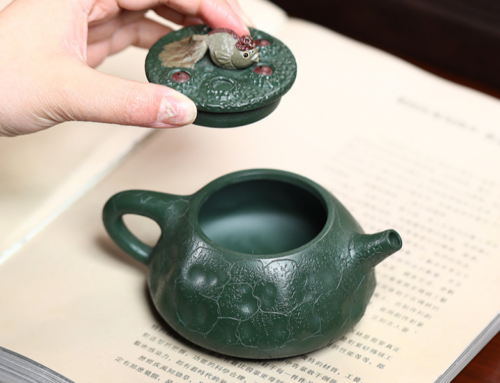Yixing Pots in Contemporary Tea Culture and Ceremonies
What are Yixing pots?
Yixing pots (also named Yixing teapots, or Purple clay/Zisha teapots) are known both as a traditional and modern staple in tea culture. They originate from the city Yixing in Jiangsu Province, China and have been made since 15th century China in the Ming Dynasty. What makes Yixing pots special is the clay that they are made out of, Zisha clay. This clay is found only in the region of Yixing and is known for incorporating minerals within the sedimentary clay. The clay is strained and the refine particles were what was used to make the Yixing pots. Additionally, the clay has a porous nature, allowing the teapot to absorb flavors and aroma of the tea that it is brewing, creating a “memory” in the teapot. The craftsmanship of Yixing pots is the stuff of legends. Each pot is meticulously crafted by hand, often by artisans who have spent decades honing their skills. The process involves hand shaping the clay, carving intricate designs, and firing the pot at high temperatures. No two Yixing pots are exactly alike, ensuring that each one is a unique piece of functional art. Yixing pots are known for their distinct shapes and sizes. From the classic “Xishi” round pot to the more ornate “Dragon Egg” style, these pots are designed to maximize the brewing experience for specific types of tea. What makes Yixing pots so special in the tea world? It all comes down to flavor. Because its clay is porous, the pot softens astringent flavors while bringing out more subtle ones. For this reason, many people use a single Yixing pot for one type of tea (oolong or pu-erh, for instance) to keep flavors pure. In the tea world, Yixing pots aren’t just tea vessels—they are heirlooms, collector’s items, and symbols of tea lovers’ lifelong dedication to their favorite drink.
Yixing pots have come a long way. From ancient artifacts to modern-day prize pieces, they are found in tea ceremonies around the world. Through centuries of history, they continue to be celebrated for their beauty, function, and tradition—a symbol of the art of tea.
Yixing Pots in Today’s Tea Ceremonies
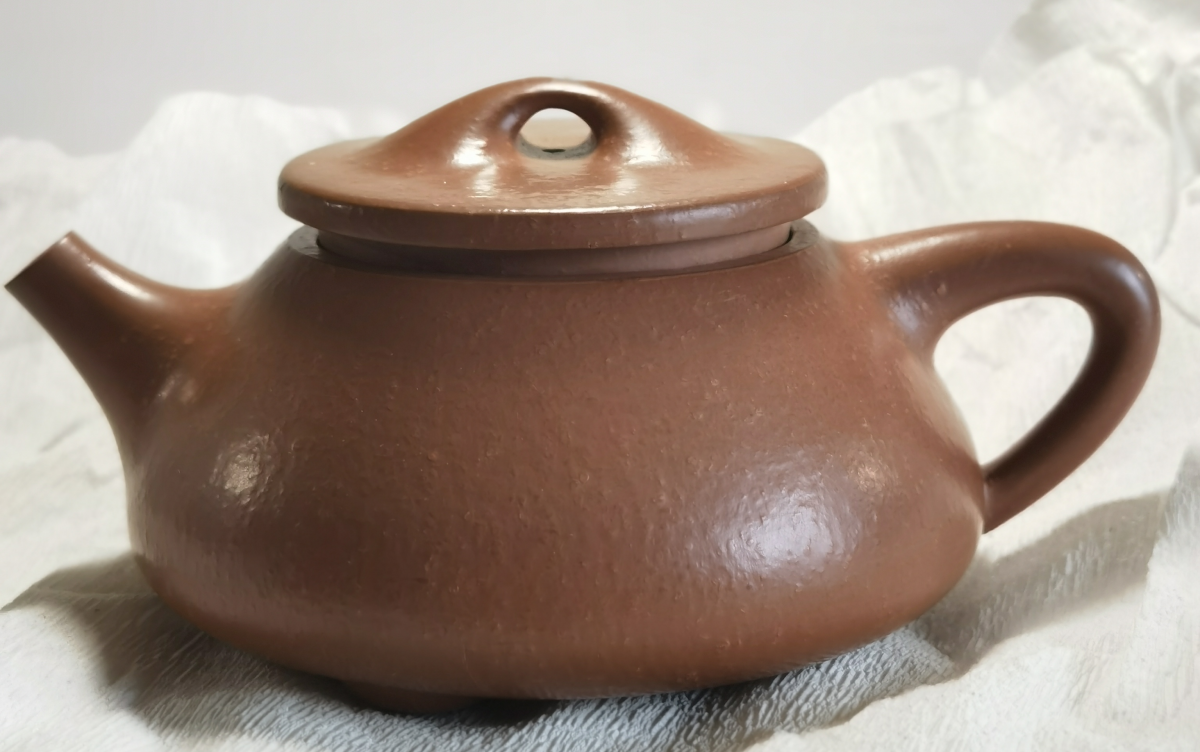
Yixing pots have seamlessly blended from their traditional roots into the essence of present day tea culture and ceremonies. While their history dates back centuries, Yixing tea pots have found a renewed vitality in the hands of modern tea drinkers, collectors, and everyday hobbyists. The acts of using a Yixing pot is no longer exclusive to a Chinese tea table, it has since spread to tea tables all around the world.
How Yixing Pots Are Used in Modern Tea Ceremonies
Today, Yixing pots are used in tea ceremonies as a way to heighten tea drinkers’ sensory experience. The process begins with choosing a pot that is most suitable for the specific type of tea being served. For instance, a seasoned oolong drinker might opt for a classical Zisha pot, whereas a pu-erh drinker might prefer a pot with thicker walls to preserve heat. The following ceremony is a combination of mindfulness and art pouring. In the context of the modern tea ceremony using Yixing pots, the order may be:
Differences from Traditional Tea Ceremonies
Overall, the elements of a modern tea ceremony follows the same overall principles and structures of a traditional ceremony. But compared to traditional ceremonies, the modern tea ceremony is more relaxed and open. Rather than emphasizing etiquette, the focus is on one’s personal enjoyment and exploration. Rather than using only one type of tea, more tea lovers prefer to ‘play’ with different types of tea leaves, different infusion times, and even different shapes of pots.
Why Tea Experts & Lovers Choose Yixing Pots
The appeal of Yixing pots for modern tea gourmet culture lies not only in their outer form, but also in the way it can bring out the best flavor and aroma from a brew. For tea experts as well as ordinary drinkers, using a Yixing pot changes the way they experience a cup of tea. Because the porous clay absorbs the taste and smell of the teas brewed within them, Yixing pots are said to accrue a “seasoning” over time — a “seasoning” that is coveted by tea masters and beginners alike. “My Yixing pot is like an old friend. Every cup tastes richer, more complex, and more personal.” — Lin Mei, tea sommelier “There’s a magic in the way a Yixing pot brings out the hidden notes in my favorite oolongs. It’s a journey, not just a drink.” — David Chen, tea blogger Yixing pots have become tea companions of tea lovers. Sitting on the table in front of each tea drinker, Yixing pots are symbols of a rich history, inner beauty, and immense exploration.
Making tea from a Yixing tea pot is an art and science
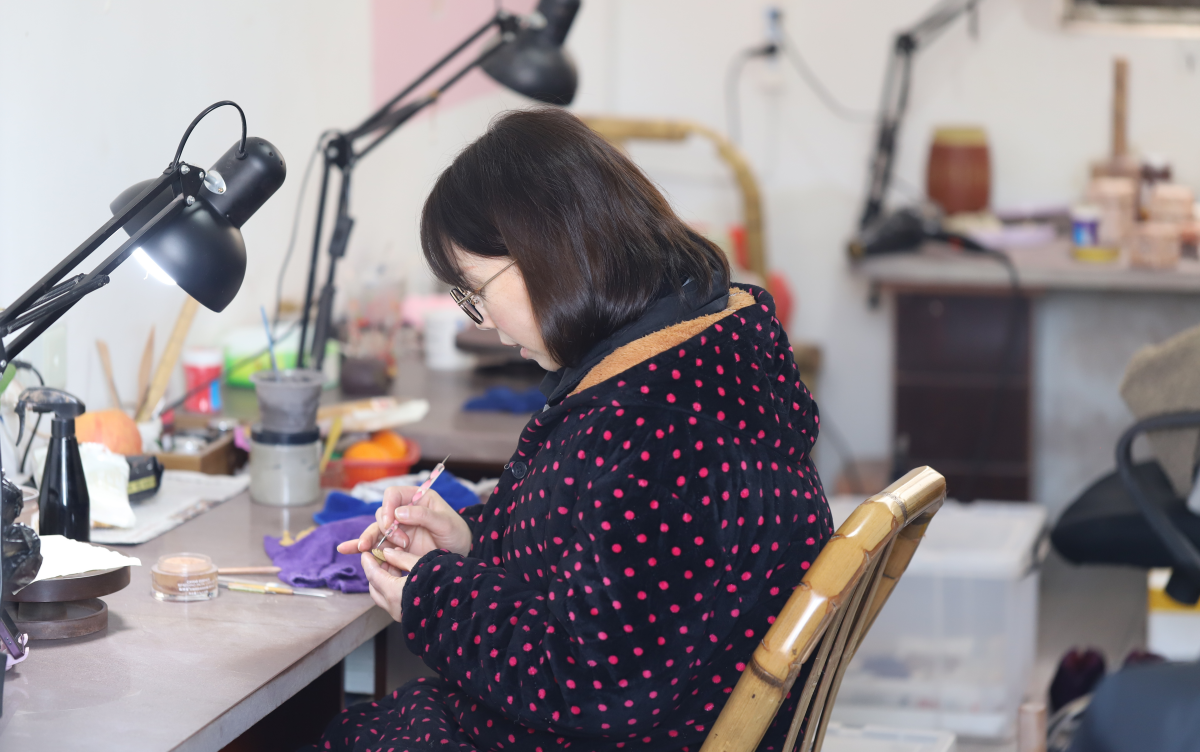
It is easy to do but can take forever to master. In today’s tea making and tea ceremony world, the Yixing tea pot is use to extract the most flavor out of the high quality loose leaf tea. The porous nature of the Zisha clay interacts with the tea to make each brew even more flavorful than the previous, and at the same time creating a filtration system to make each sip smoother and more delicate.
Teas best brewed from a Yixing Tea Pot
Certain type of loose leaf tea are not suitable to be brewed in Yixing tea ware. The types of loose leaf tea that work best in a Yixing tea pot is anything that will benefit from the higher consistent temperature and teas that would benefit from the flavor absorbing qualities of the Yixing tea pot. Here is a quick run down of teas that are best suited for a Yixing tea pot:
Pro tip: A Yixing pot should only be used for one type of tea. You wouldn’t want the flavour to seep into the porous clay. Or vice versa! Let your pot build its “memory” and nourish a more elegant session with every brew.
How to use one Yixing pot for one type of tea
Brewing tea with Yixing teapot is, in itself, a ceremony that rewards tea enthusiasts with patience and sharp senses. Here is how you can perform a modern-day tea ceremony:
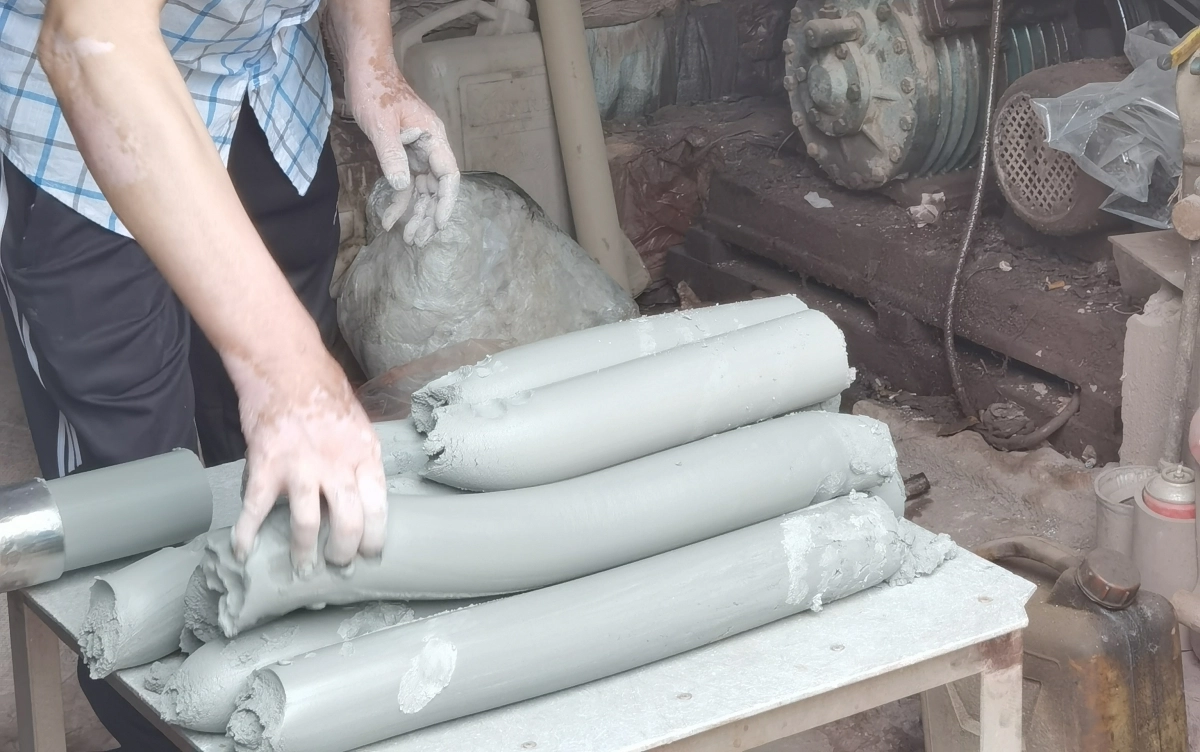
Tips for Maximizing Flavor
Case Study: The Seasoned Pot A tea aficionado in Shanghai used the same Yixing pot for Da Hong Pao oolong for over 15 years. The pot, once plain and matte, had developed a rich, glossy patina and a subtle, sweet aroma. Each cup brewed in this pot was noticeably smoother and more fragrant than tea brewed in a new pot or porcelain vessel. This evolution is a testament to the living nature of Yixing clay and its role in contemporary tea rituals. Brewing tea using the Yixing pot is an act of exploration. Each steeping offers differing taste, aroma and texture, providing a singular sipping experience.
Looking After Your Yixing Pot
Correct maintenance is key for anyone who aspires to unlock the full potential of Yixing pot in contemporary tea culture and tea ceremony. These teapots are more than just brewing vessels: they are living artifacts which will evolve and become more beautiful with use. Neglect or improper cleaning will quickly degrade a pot’s capacity to deepen a tea’s aroma, while taking care will gradually mature and deepen flavors over time.
Seasoning a Brand New Yixing Pot
Before brewing tea in a new Yixing pot, it is essential to “season” it. This process removes lingering tastes of clay in the pot and primes its walls to begin absorbing the flavor of your preferred tea. Here’s a simple process:
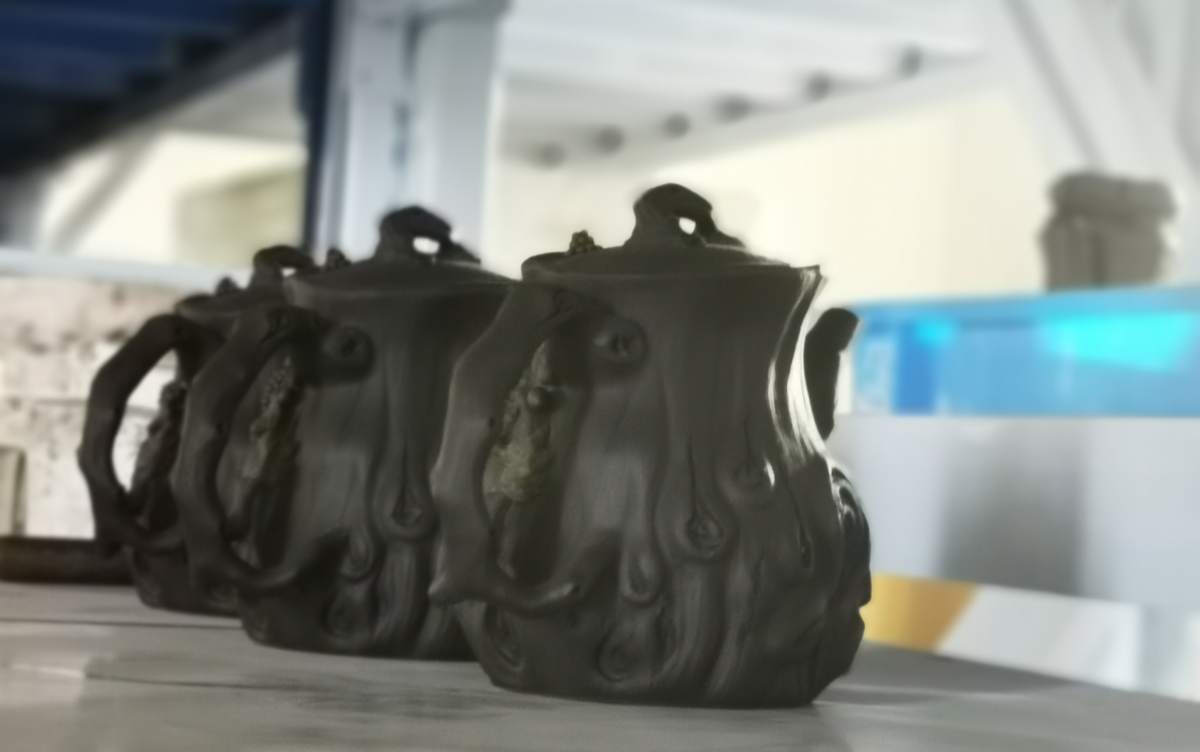
Fact: Seasoning needs to be done only once. Afterwards, you’ll rinse your pot with water. Don’t need soaps or cleaners to keep it clean.
Cleaning and Maintenance basics
Yixing pots are easy to look after as long as you observe a few simple rules:
Common Mistakes
Even tea aficionados have made their share of mistakes with a Yixing pot. Here are a few you should avoid: Mixing teas. Brewing different types of tea in one vessel will muddy the flavors and destroy any seasoning. Improper drying. Storing a wet pot or leaving the lid on while wet could cause mold to grow, or your pot to develop unpleasant odors. Cleaners. Soap, bleach and even municipal water with a strong smell could forever alter the flavor of tea brewed using the pot. Quote from Tea Master: “A well-cared-for Yixing pot is like a diary of your tea journey. Every cup you brew adds a new chapter.” — Zhang Wei, Yixing pot artisan Taking care of your Yixing pot is a satisfying ritual. Every time you use it, the pot becomes more seasoned, more pretty and more attuned to your favorite tea. In modern tea culture, such a relationship between pot and drinker is an attachment rivaled only by that between man and his favorite tea.
Collecting and Buying Yixing Pots
In contemporary tea culture and tea ceremonies, Yixing pots have become desirable items for many tea lovers to collect. They accumulate in one’s life, and stay there for generations to come, embodying functional artistry, historical collections, materialized memories, and, perhaps for some, investments. No matter where you are in your teapot collection journey, knowing what to look for and where to buy are grounding fundamentals to help you consolidate and expand your pottery collection.
What to Look for in an Authentic Yixing Pot
A Yixing pot is only as good as the authenticity of its make. The modern Yixing pot market is inundated with mass-produced counterfeits, with even the most experienced collectors being fooled at times. With caution, here are some of the main features to look for in an authentic Yixing pot:
More than ever before, tea ceremony practitioners today are taking full advantage of in both new and vintage Yixing teapots. New Yixing teapots are readily available, inexpensive, and easy to season. Vintage Yixing teapots come pre-seasoned with stories of their own, and pots from certain ages can provide an even better depth of flavor, than a newly fired pot from today’s market. Some collectors believe that vintage teapots are made from a higher grade of clay than the typical modern Yixing teapot: the clay from famous Yixing mines mined during the late 20th century is very different from the clay that was excavated from the same mines during the mid-20th century, and some Yixing pots are made with clay from sources that are no longer available.
Where to Find an Authentic Yixing Teapot
Emily Wu of New Zealand recounts her experiences of collecting yixing: “The thrill of finding the right yixing clay teapot, is like finding a gemstone amidst hard rocks within a crystal cave; in time you find the right clusters of these clay teapots and each and every teapot has its own unique personality to share, once you’ve unsealed your new treasure!” Buy from a trusted seller and be sure to inquire about the source of your yixing teapot! By buying from a trusted seller, you’ll save yourself the trouble of buying a fake or Yixing-style teapot, the buyer will potentially find a hidden gem! Many tea enthusiasts recommend asking a practitioner or tea seller about the history or biography of your shard, or if Yixing seal impressions on the teapot have been taken, or if there are photographs of a teapot that’s caught your eye. Many times the most colorful or artistic looking teapots are low quality fakes. Beware when you try to purchase Teapots whose clay doesn’t look similar to known high quality examples whose authenticity is guaranteed, & also, not all artisan yixing teapot photos online are authentic, especially if they’re professionally shot. Ask questions where needed before choosing to purchase the item. If possible handle a well-made Yixing teapot in person before purchasing it: the knowledge gained will be invaluable! You will naturally get the feel of what a genuine Yixing teapot feels like more & more with time & usage. A genuine, good quality Yixing teapot doesn’t need to be more expensive than what the typical casual tea drinker might be willing to spend. You do not have to worry about finding an amazing deal that you might miss, & you should not be afraid to choose a Yixing teapot that feels the most right for you! Be assured that yixing teapots aren’t ‘designer or eye-candy collectables’, and functionally feel that the pot is ‘your pot’. Collecting Yixing pots is a personal journey. Each pot that you collect becomes part of your tea story and enriches every contemporary tea ceremony you participate in.
Yixing Pots in Global Tea Culture

Yixing pots have crossed borders to become cherished symbols in tea communities worldwide. In the contemporary tea culture and ceremonies, they represent the confluence of heritage and novelty, bringing tea lovers from different cultures together. Their impact is evident in how people brew, share, and appreciate tea globally.
The Influence of Yixing Pots on Global Tea Culture
Yixing pots went global in the late 20th century as more people outside Asia began appreciating better tea. Today, Yixing teapots can be found serving fine teas in Paris tea houses, New York restaurants, Tokyo hotels and Sydney tearooms. People in the West are embracing the Yixing pot for its unique flavour-enhancing quality and the ritual involved in making tea in one. Key ways Yixing pots have shaped global tea culture:
In recent years, Yixing pots have become a status symbol among tea collectors and connoisseurs. Social media platforms like Instagram and YouTube are filled with photos and videos of rare pots, brewing techniques, and personal collections. Some tea influencers even host virtual tea sessions, where participants from around the globe brew together using their favorite Yixing pots. Case Study: The Virtual Tea Gathering During the COVID-19 pandemic, tea lovers in different countries began hosting online tea ceremonies. Participants would each brew the same type of tea in their own Yixing pots, sharing tasting notes and stories via video call. This trend not only kept the spirit of tea culture alive during lockdowns but also introduced Yixing pots to a new generation of tea drinkers. The internet has made it easier than ever to learn about and connect over Yixing pots. There are thriving online communities where enthusiasts share tips, reviews, and even trade or sell pots. Some of the most popular resources include: Reddit’s r/tea: A hub for tea discussions, including Yixing pot care and recommendations. Instagram hashtags: #yixingpot, #yixingteapot, and #modernteaculture showcase beautiful pots and brewing setups. YouTube channels: Many tea experts offer tutorials on seasoning, brewing, and collecting Yixing pots. Specialty forums: Sites like TeaChat and Steepster have dedicated threads for Yixing pot enthusiasts. Access to expert advice and troubles
FAQ About Yixing Pots in Modern Tea Culture and Ceremonies
It’s normal to be curious about Yixing clay teapots, especially as they grow in popularity in modern tea culture and ceremonies. Here are some of the most common questions answered to help provide clarity to newcomers and veterans alike.
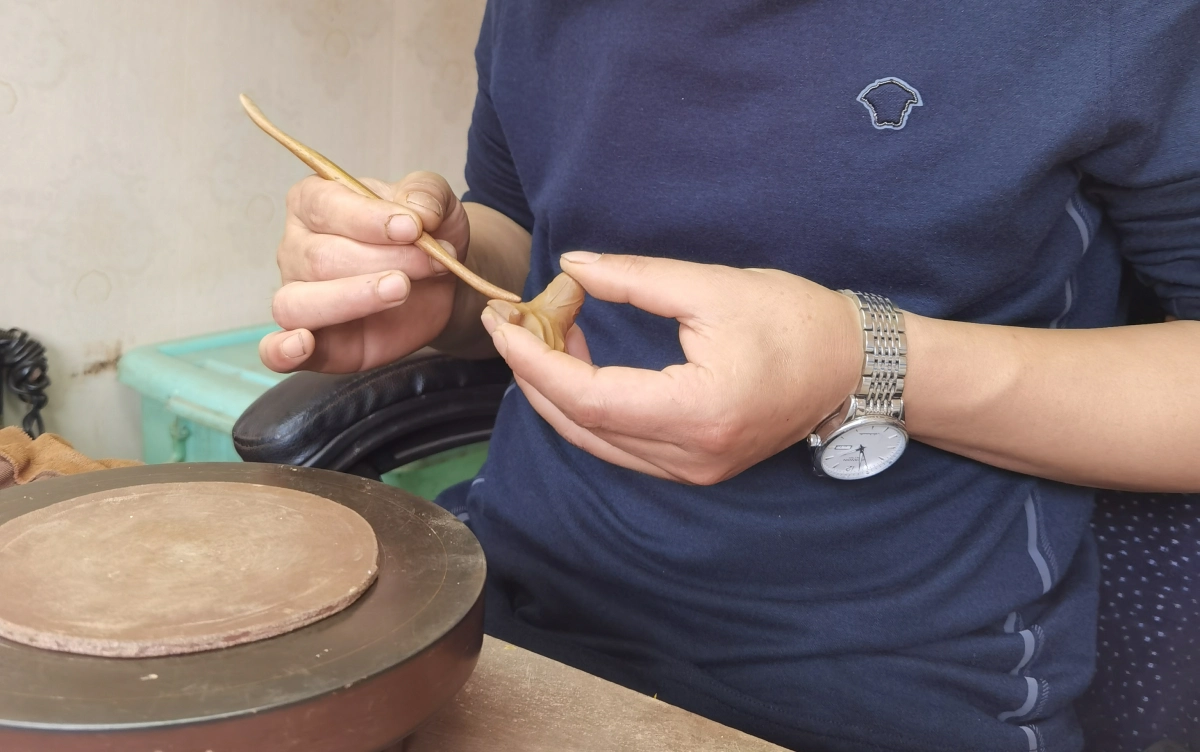
Conclusion
Yixing pots have successfully woven themselves into the fabric of modern tea culture and ceremonies. Their trajectory from the kilns of Jiangsu Province to the tea tables of the world speaks to their timeless allure and unrivalled functionality. In a world that often races at breakneck speed, the Yixing pot reminds us to slow down, enjoy the experience, and link ourselves to centuries of tradition—one cup at a time. Why do Yixing pots endure? Because they answer the call from all three of these qualities. Each is a work of handcrafted art, shaped by master artisans and sculptors in fired from very rare clay. It is a marker of history, embedding itself into and recording the memories of each tea session, cultivating a growing and beautiful patina that is your personal tea-story set in clay. The memory isn’t just a sentimental notion – the pot comes to life, actively enhancing your favorite teas’ mouthfeel and aroma in a very real way. In modern tea ceremonies, Yixing pots are more than just brewing vessels. They’re companions, teachers, and even status symbols. They encourage mindfulness, foster community, and inspire a deeper appreciation for the art of tea. Whether you’re a seasoned collector or a curious beginner, a Yixing pot offers a gateway to a richer, more meaningful tea experience.
“`




